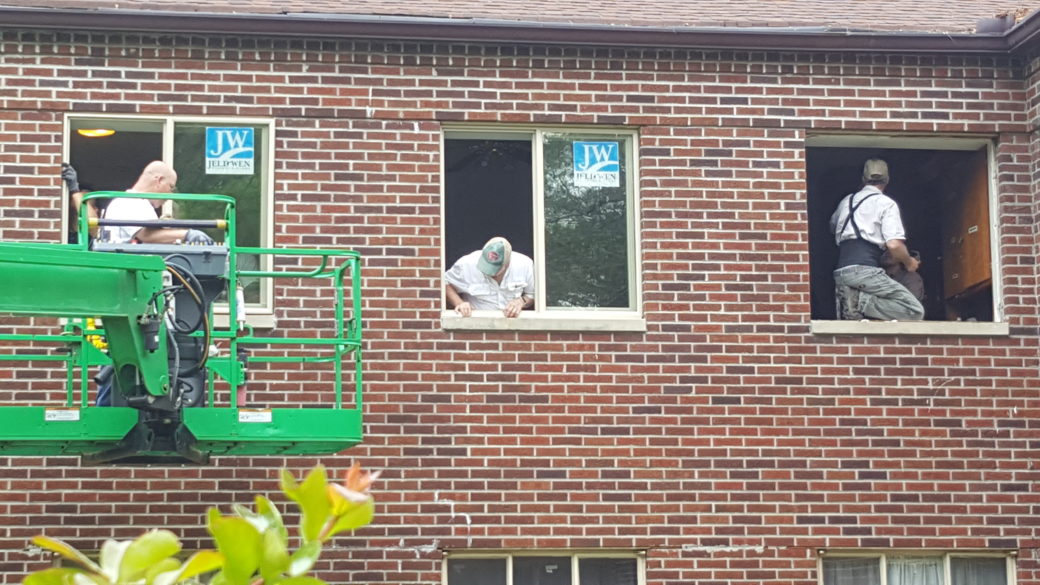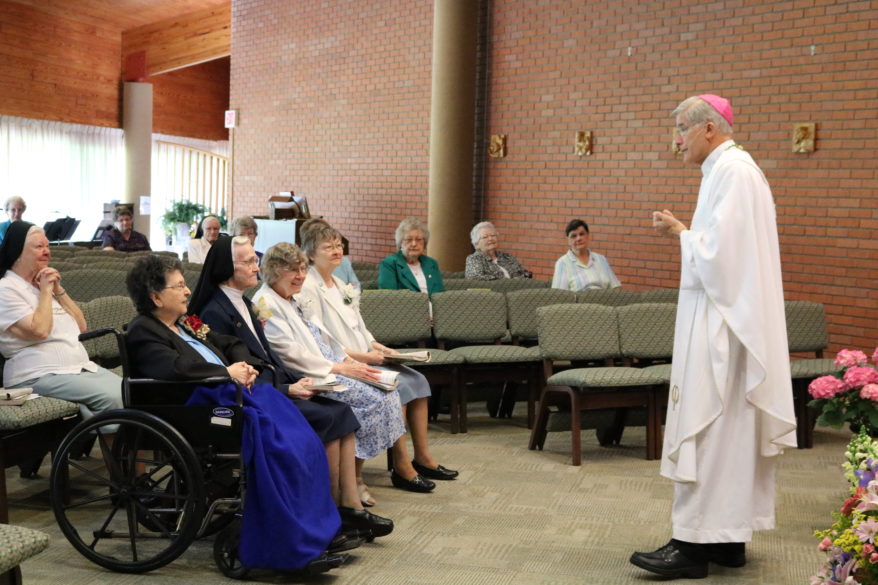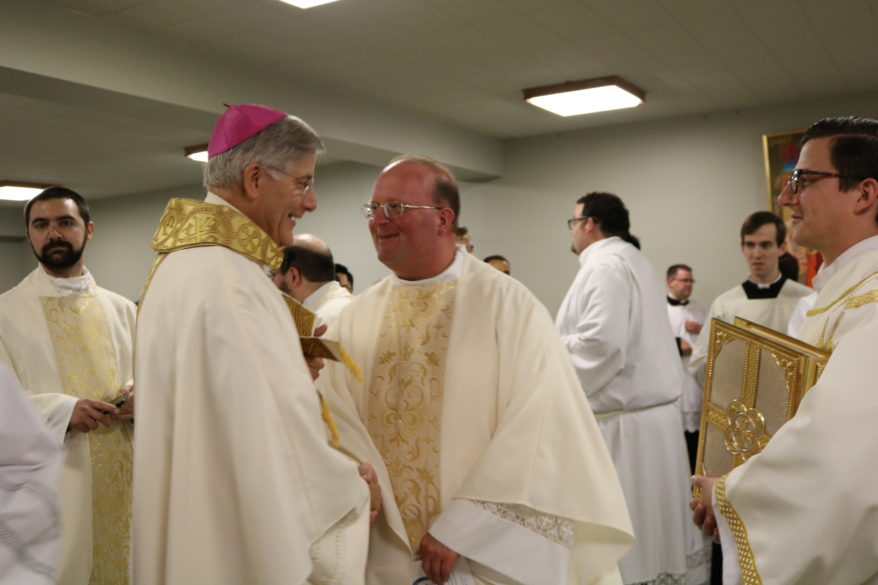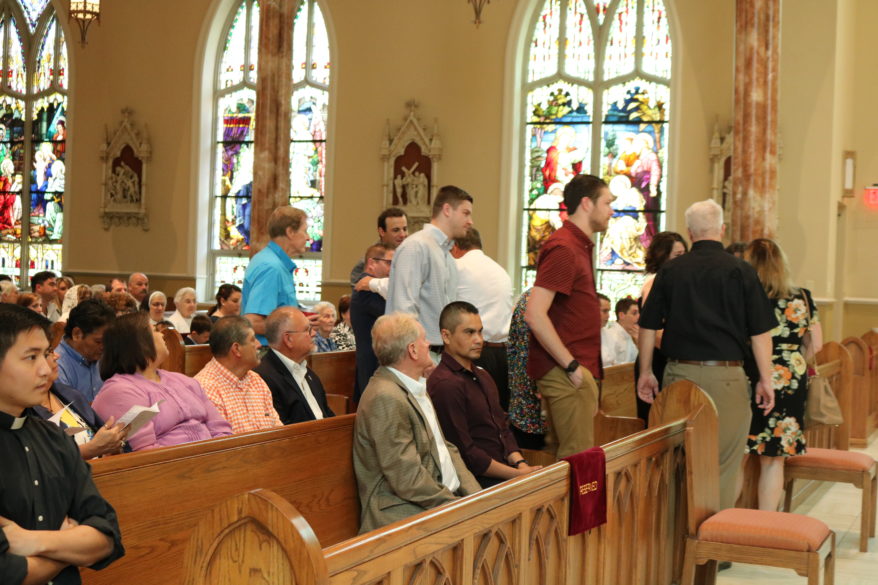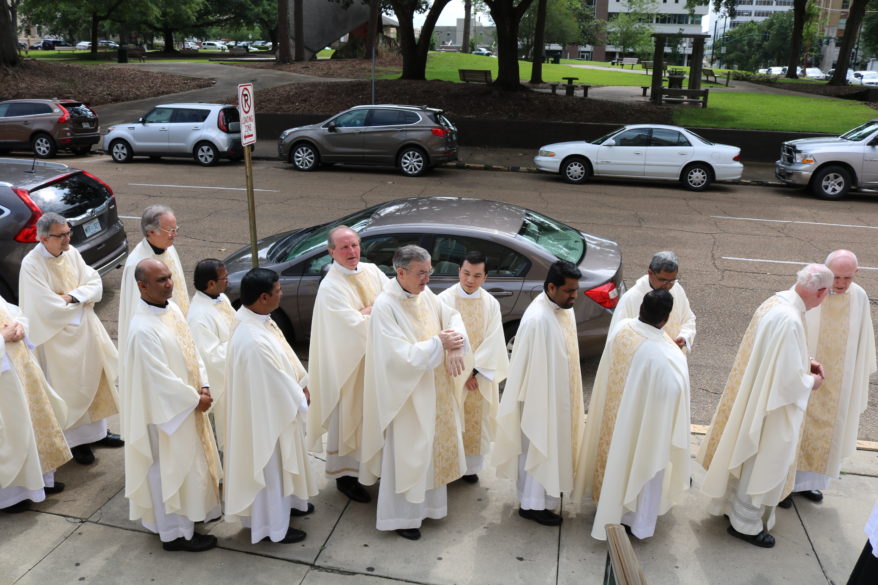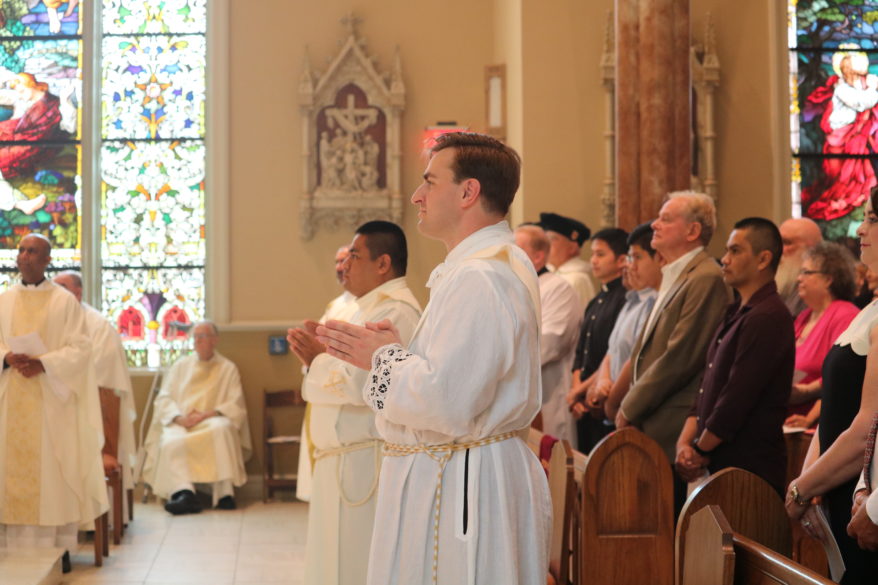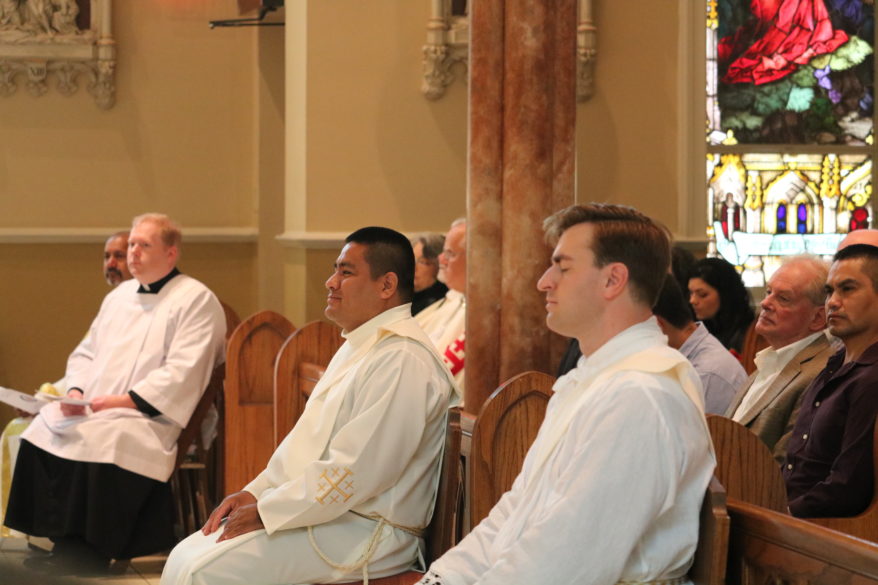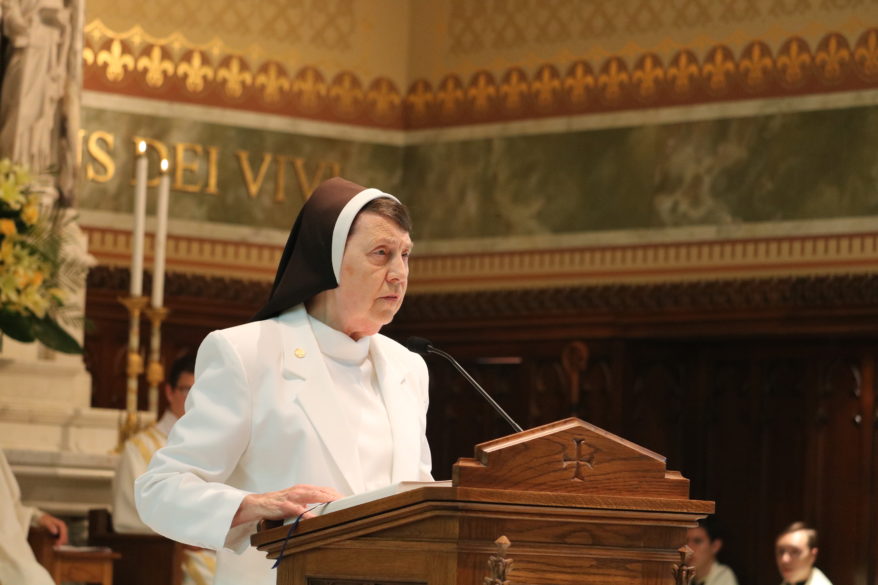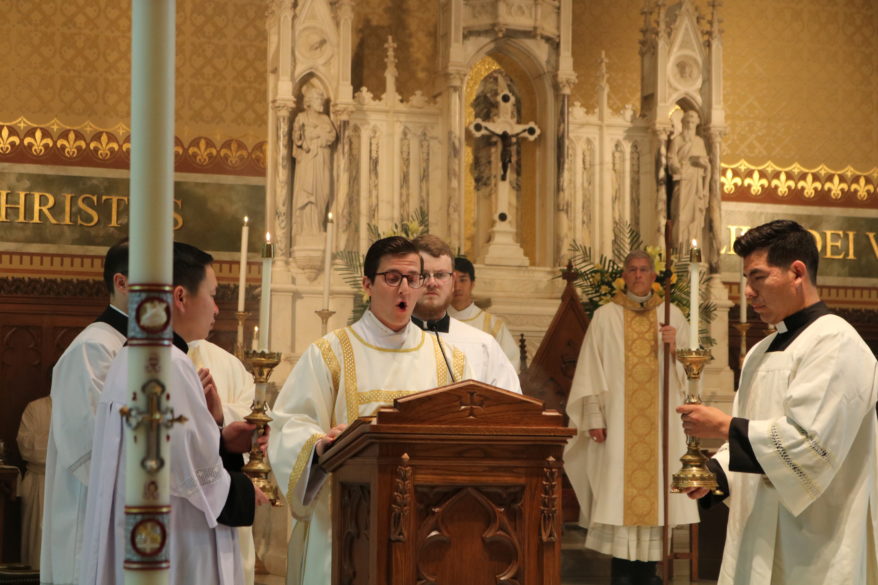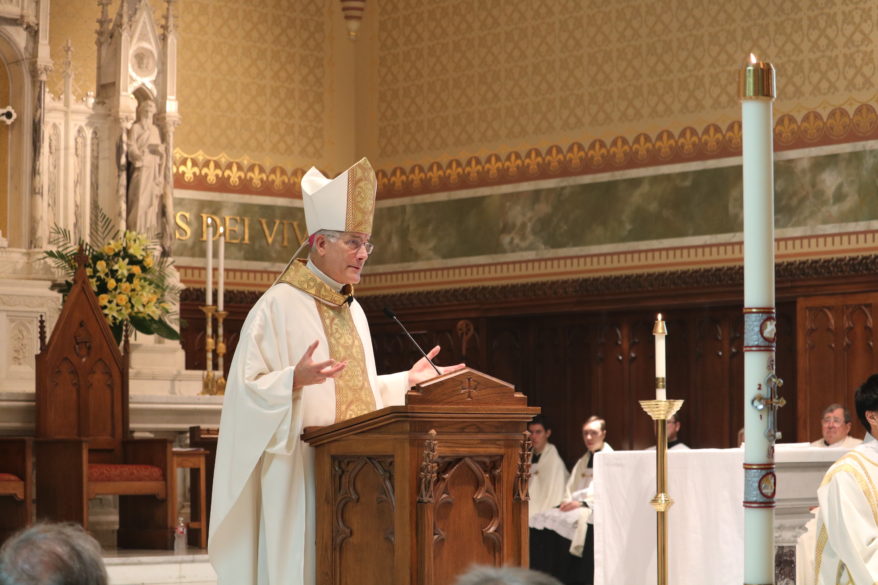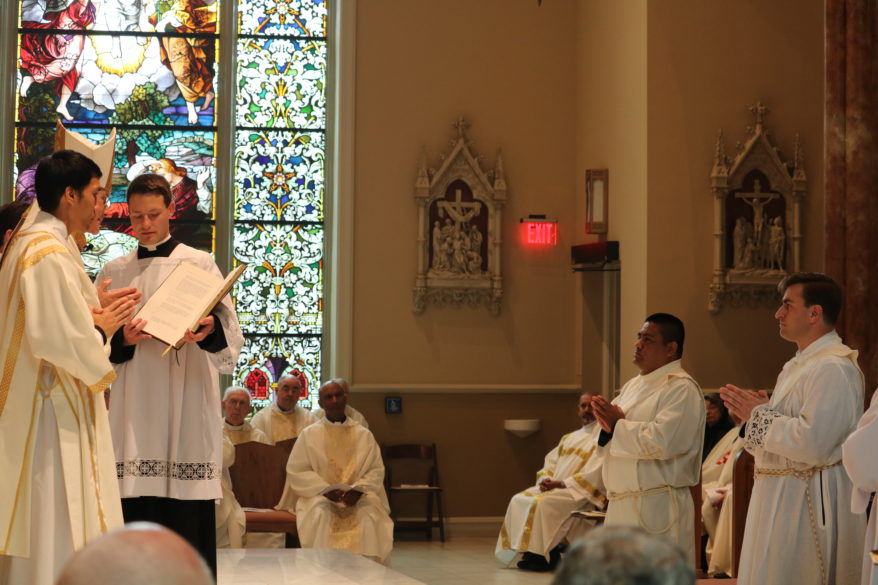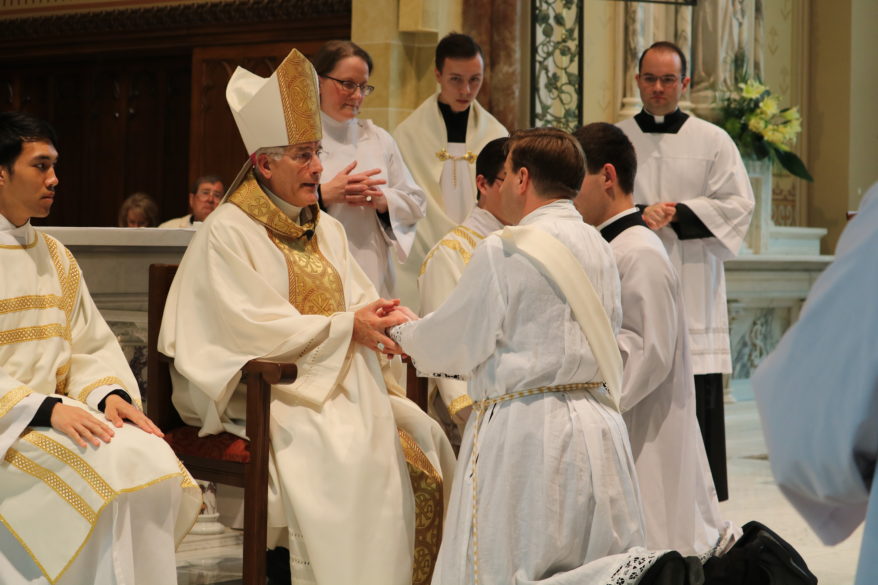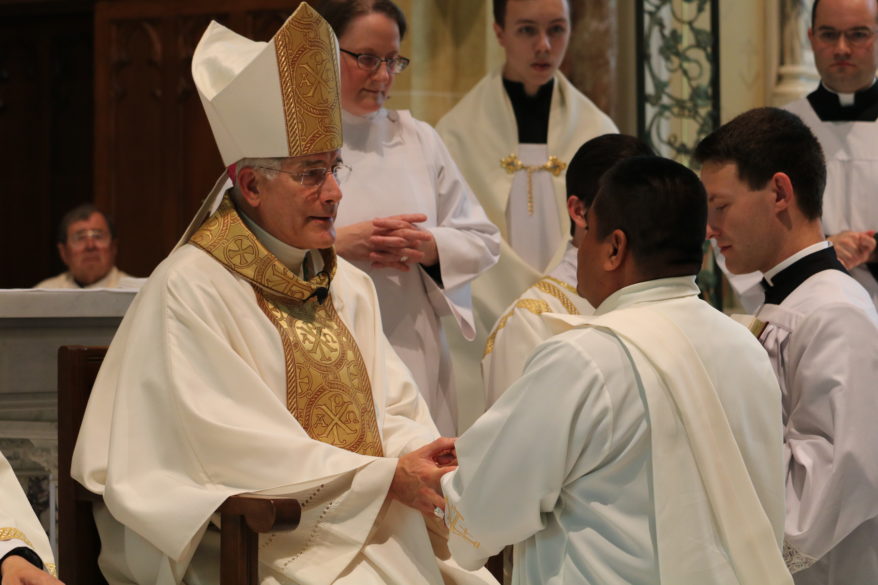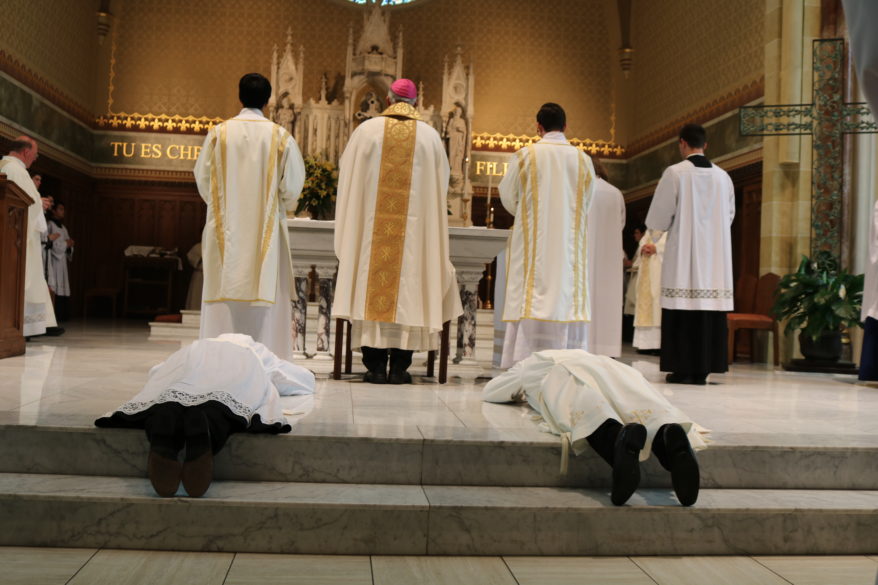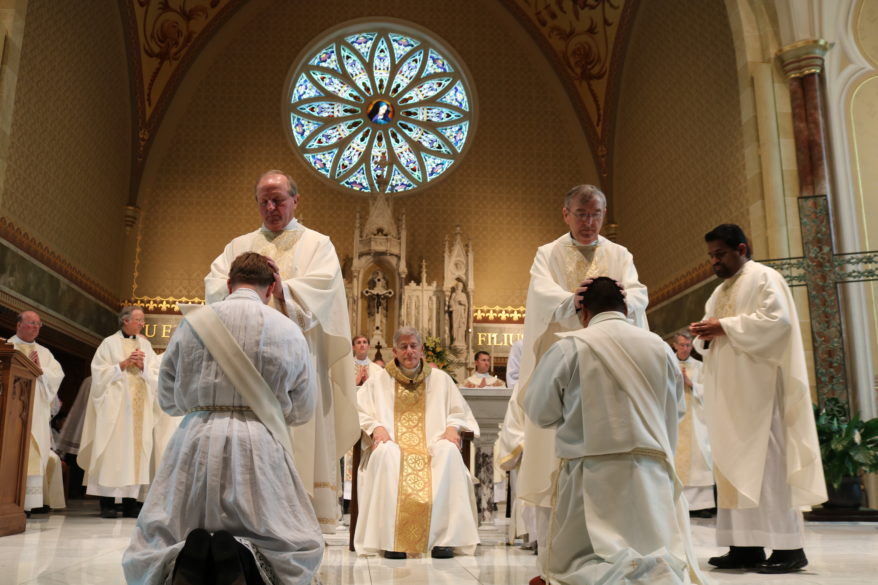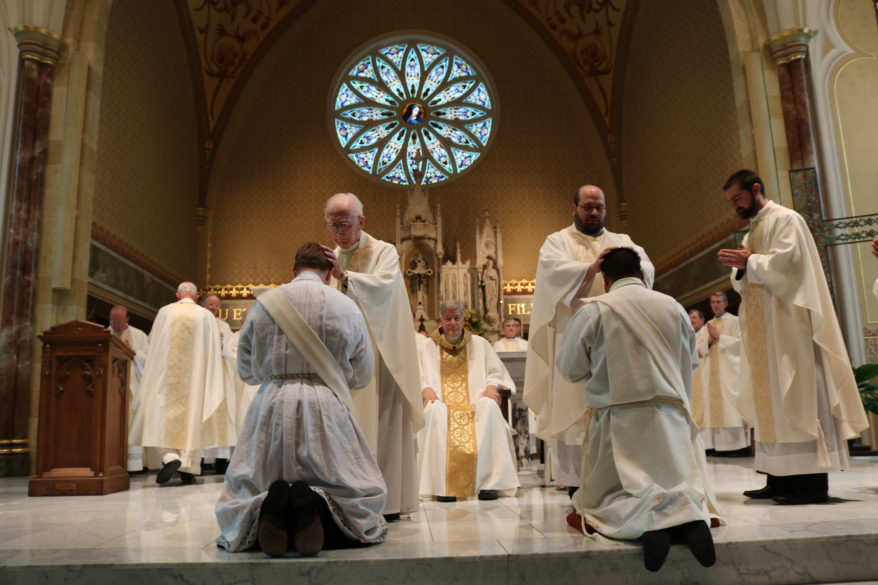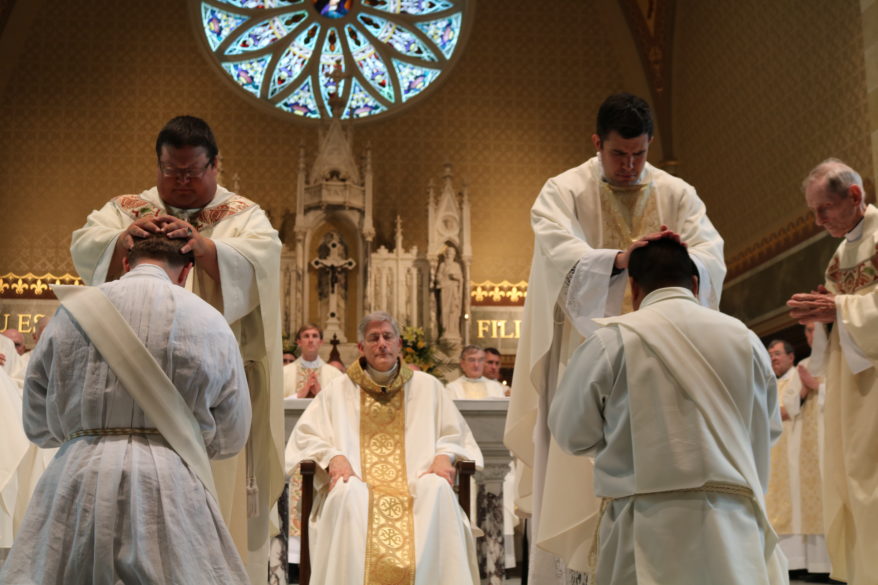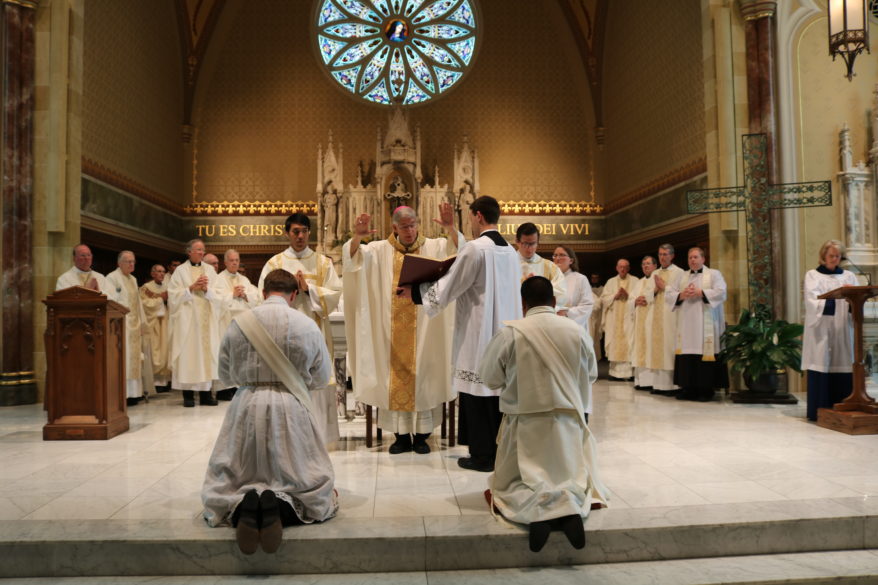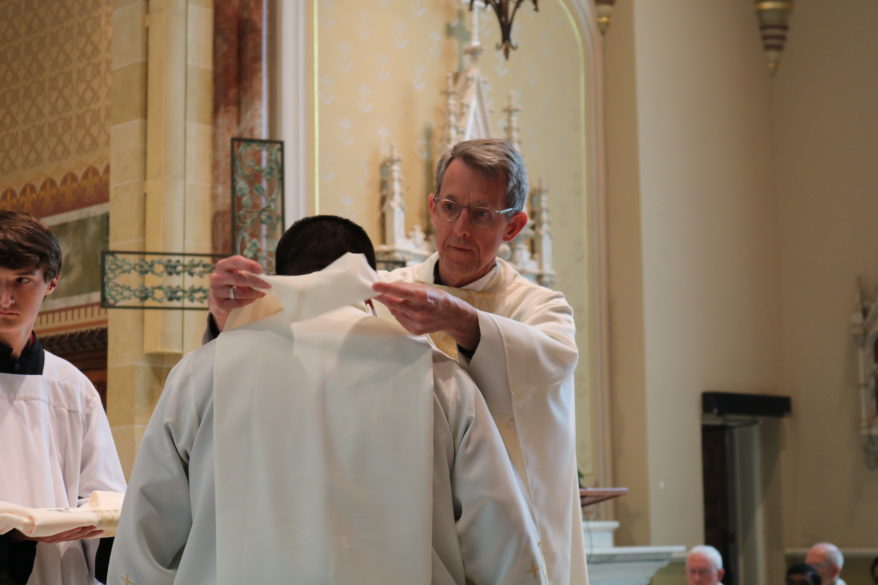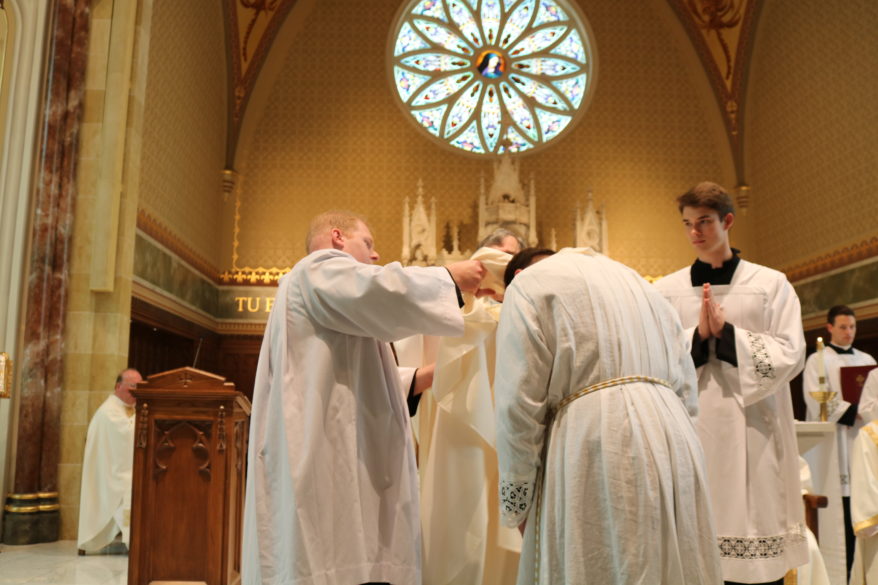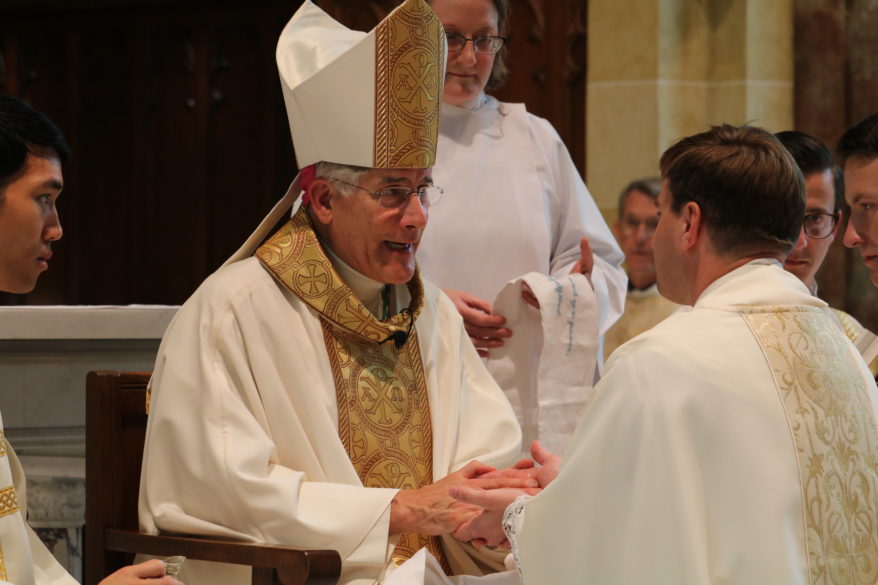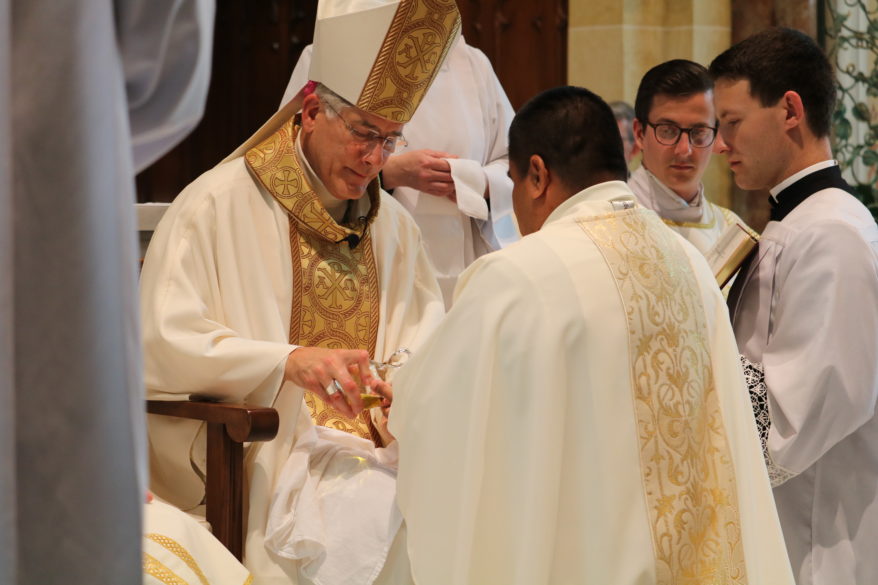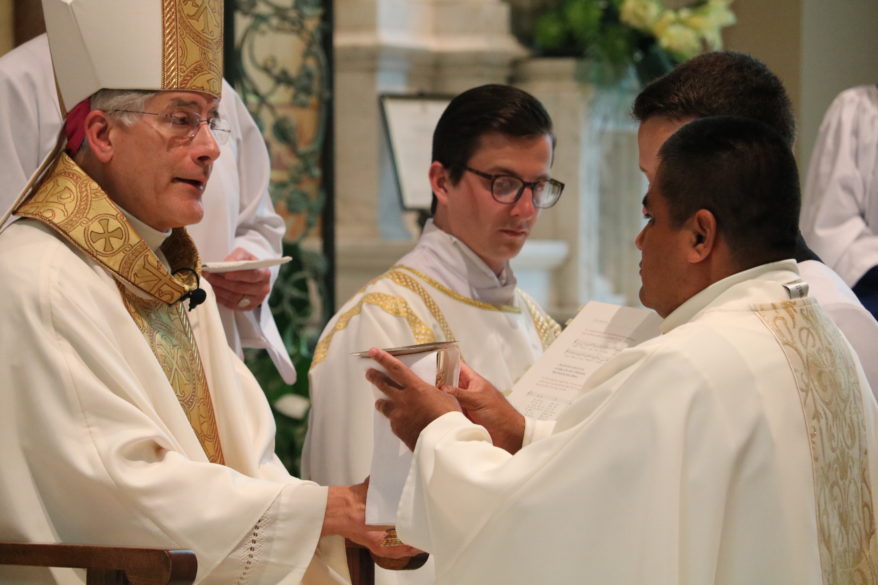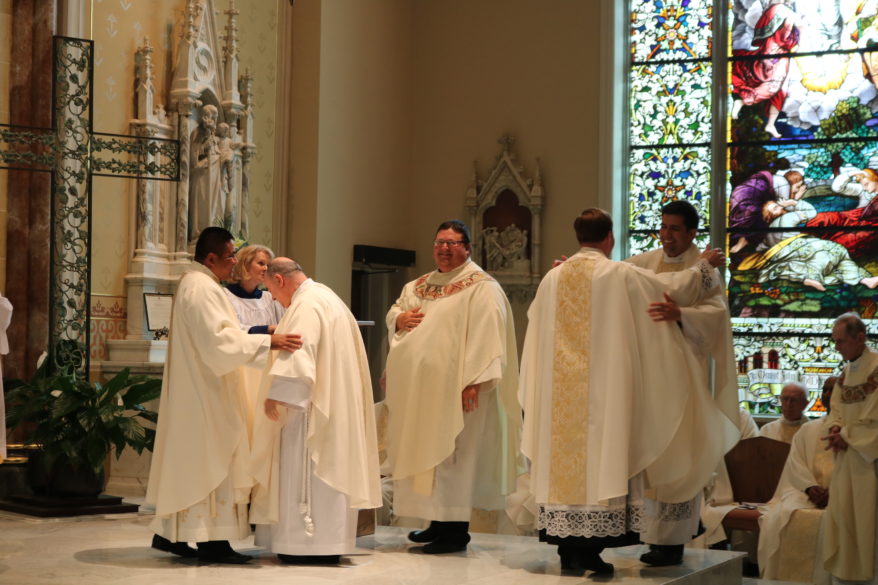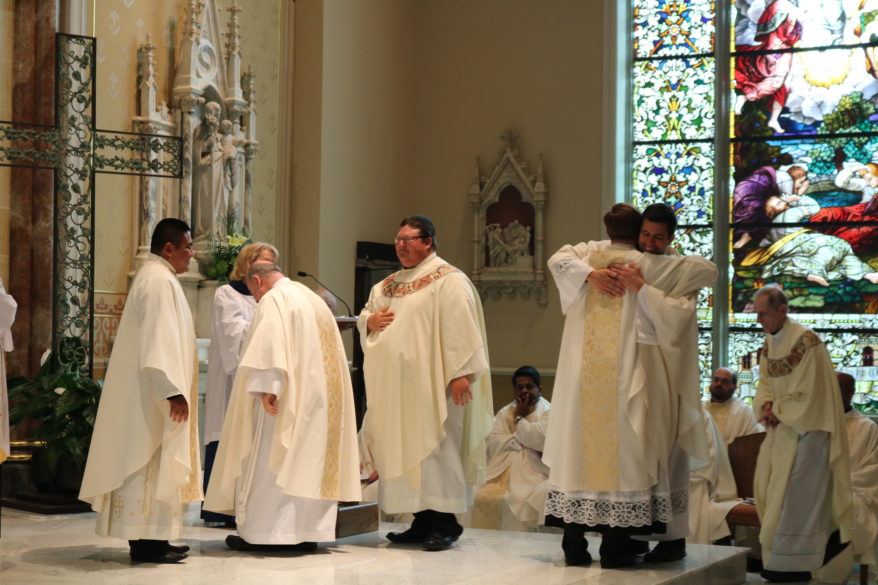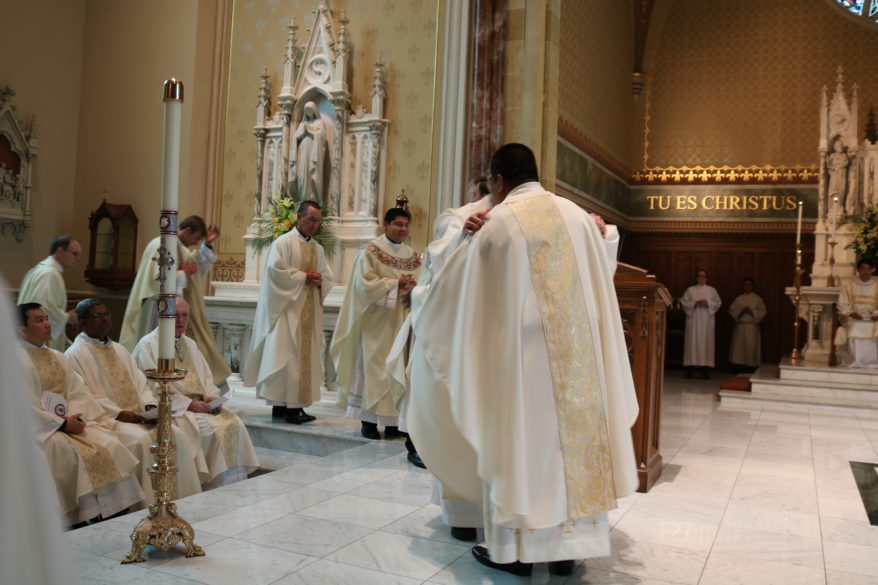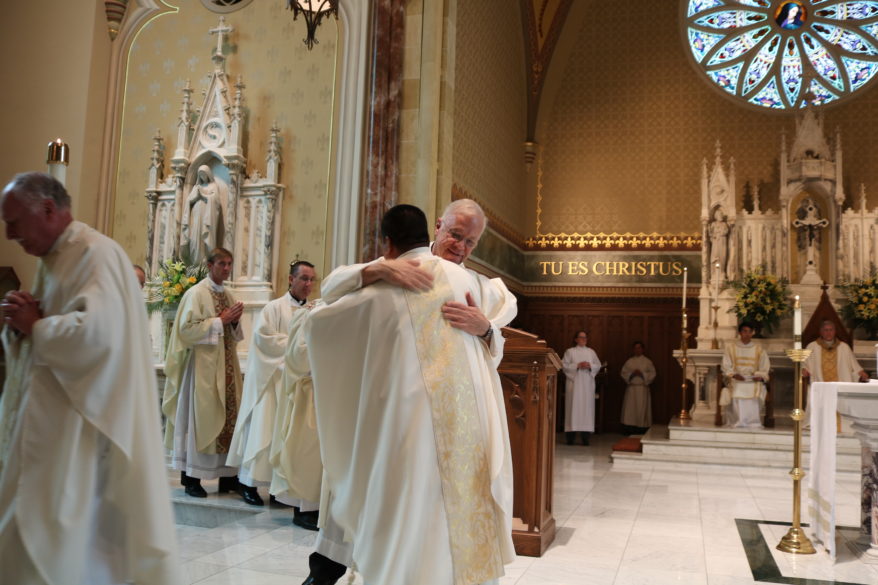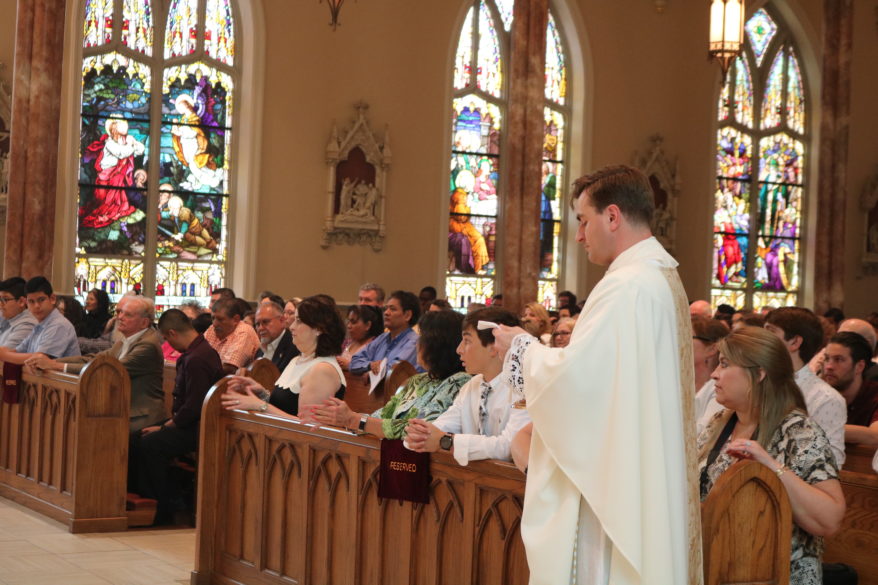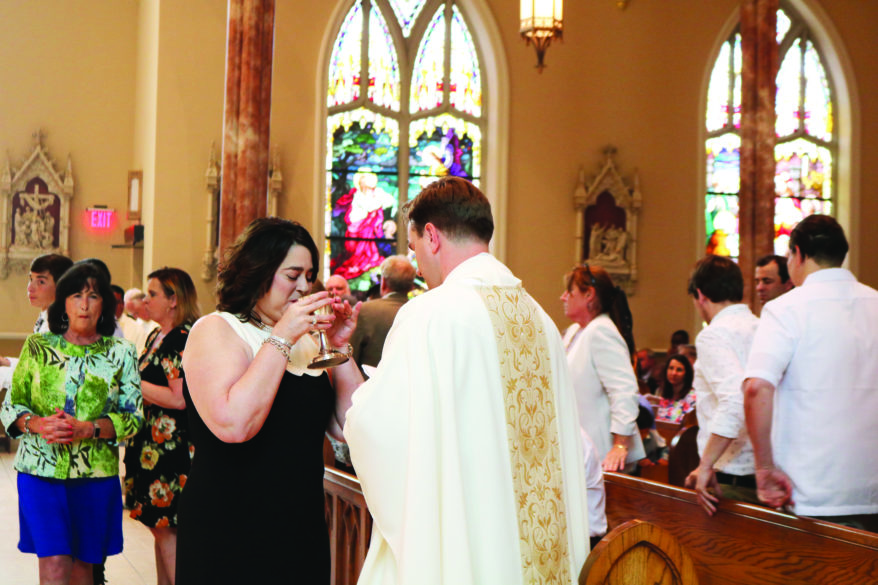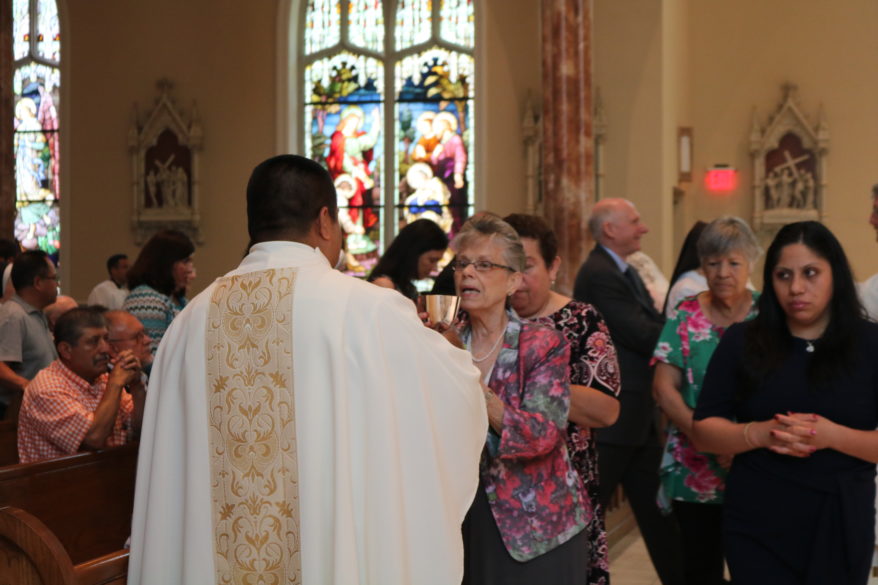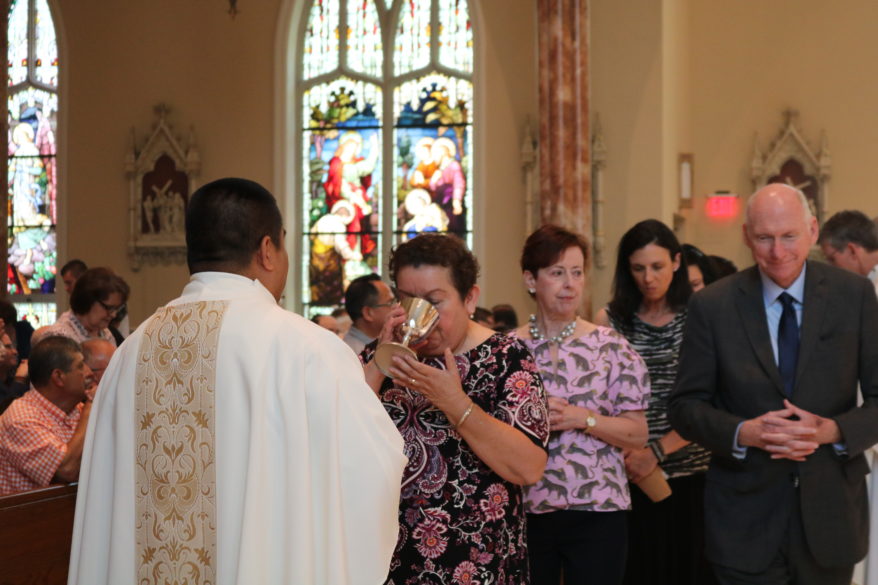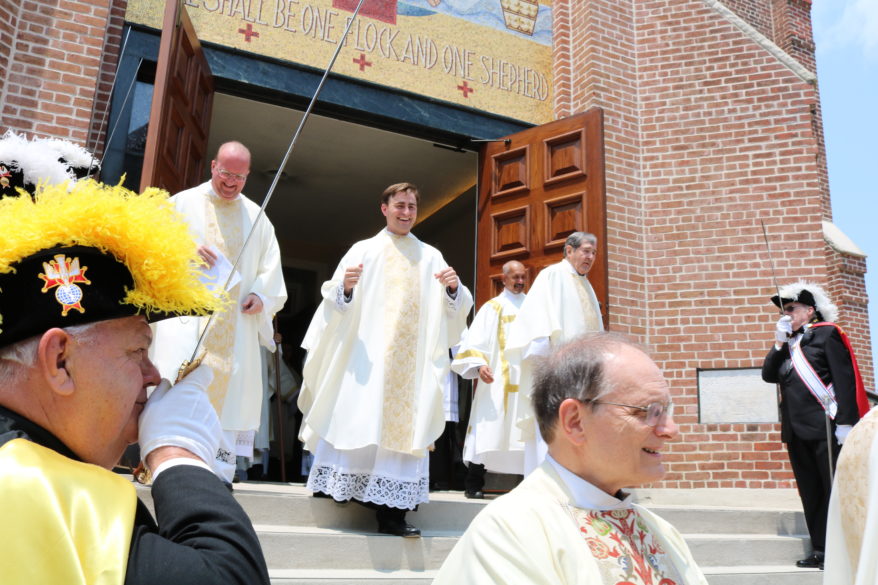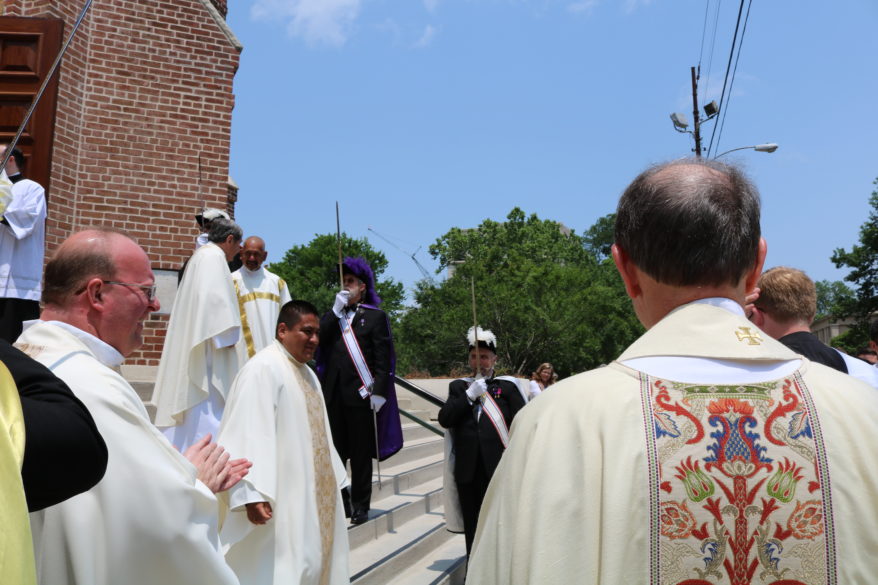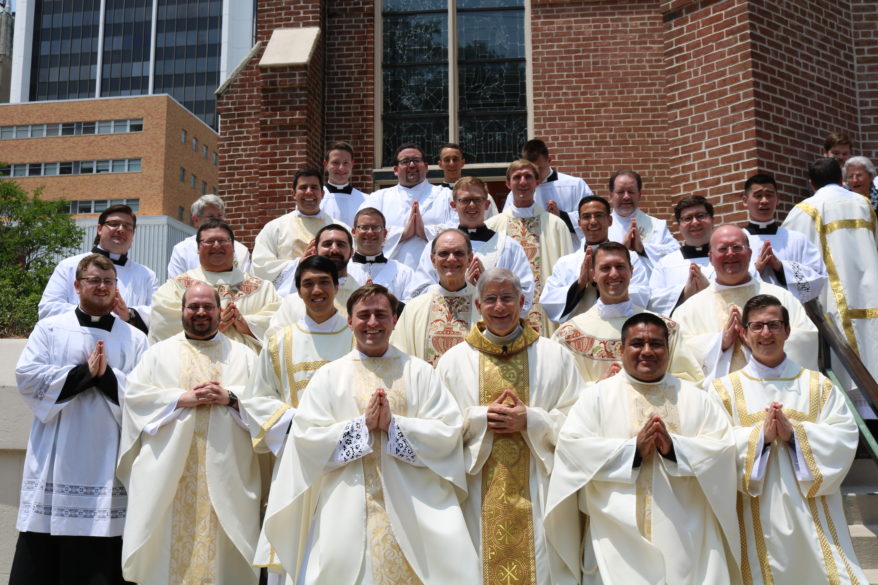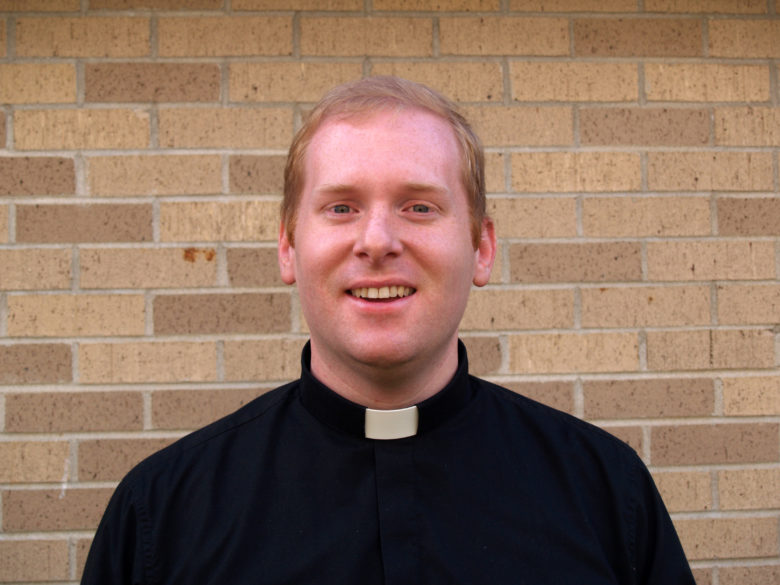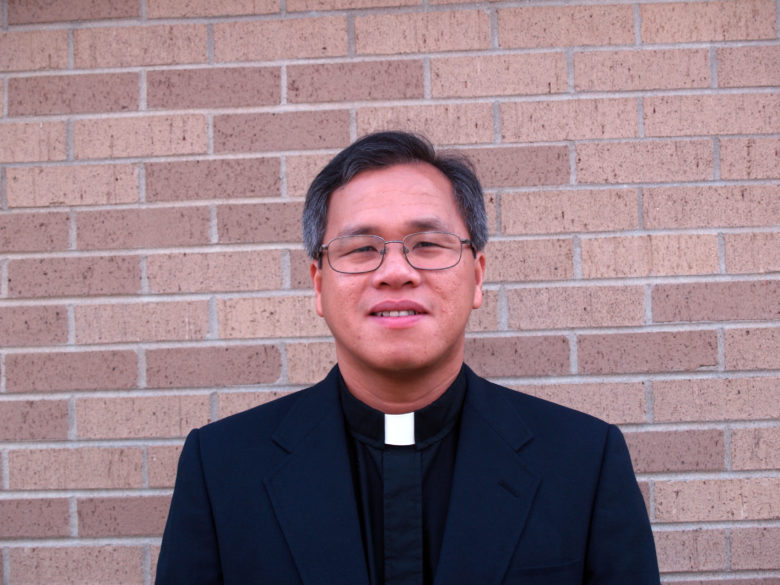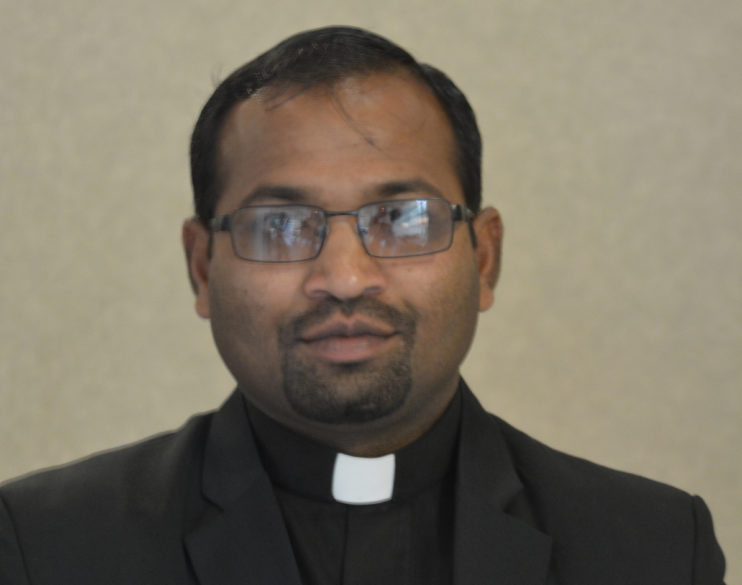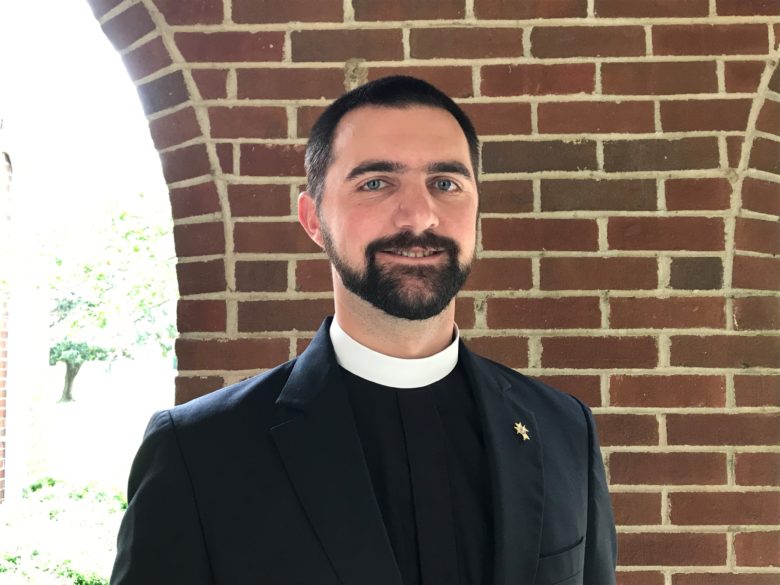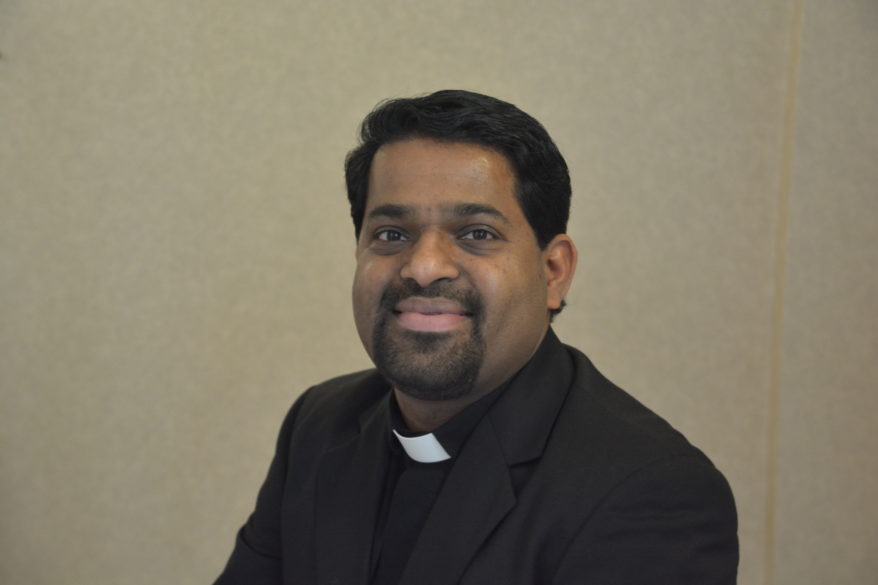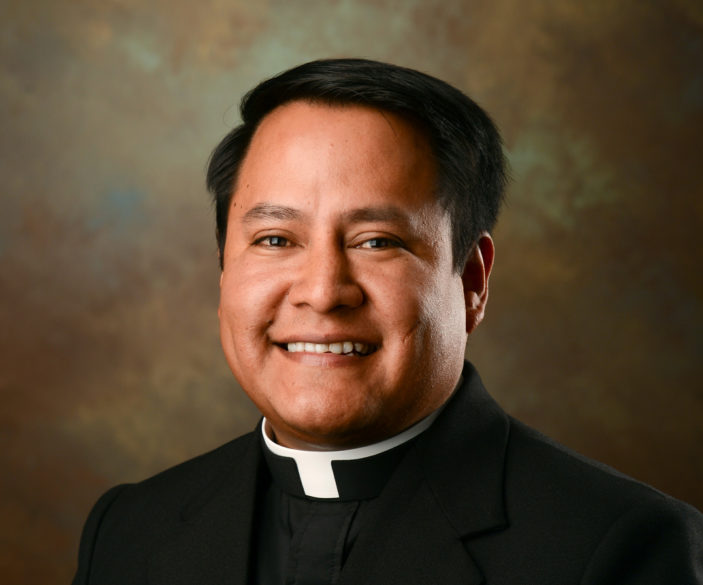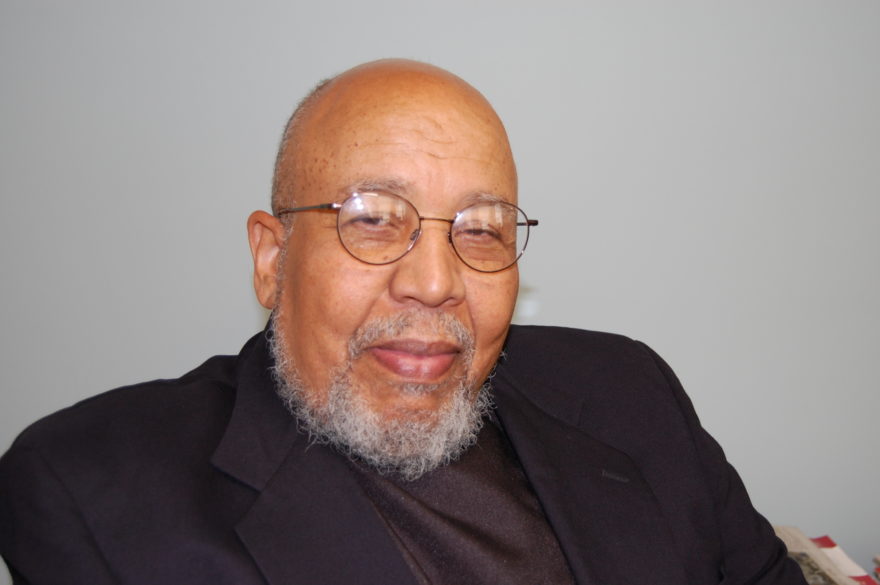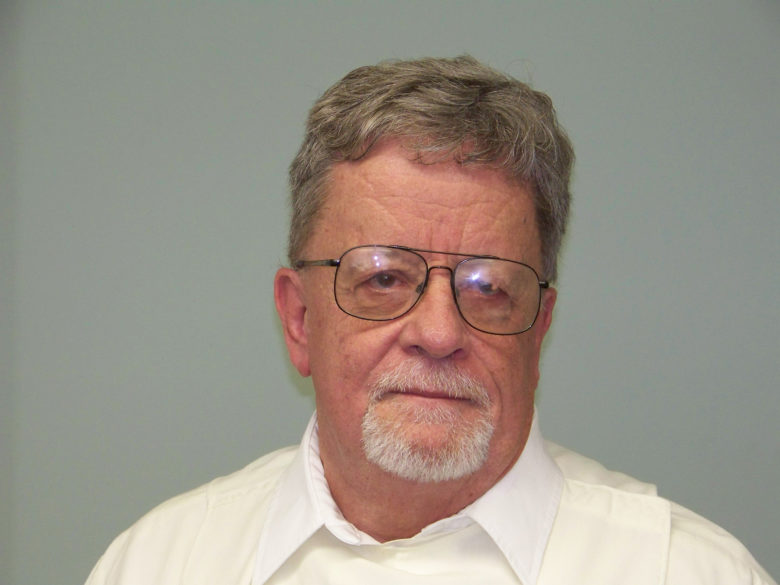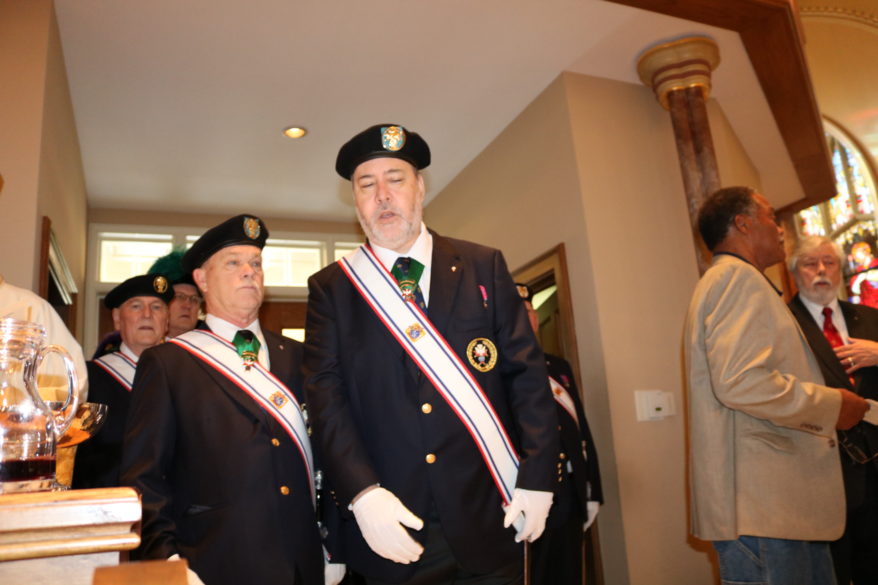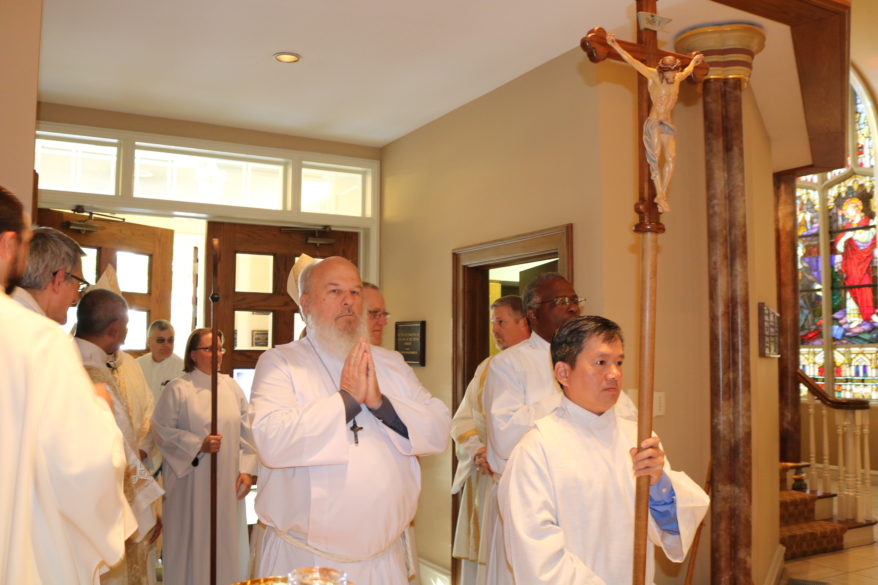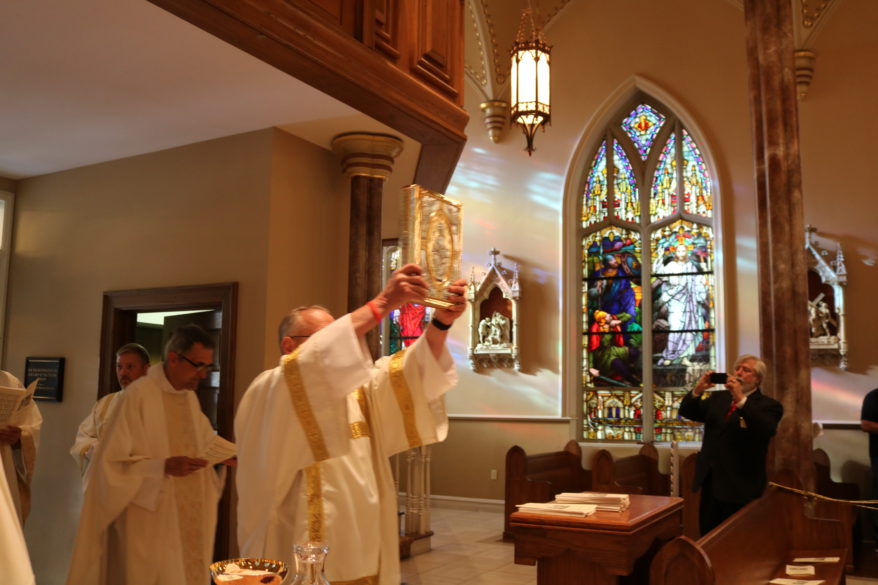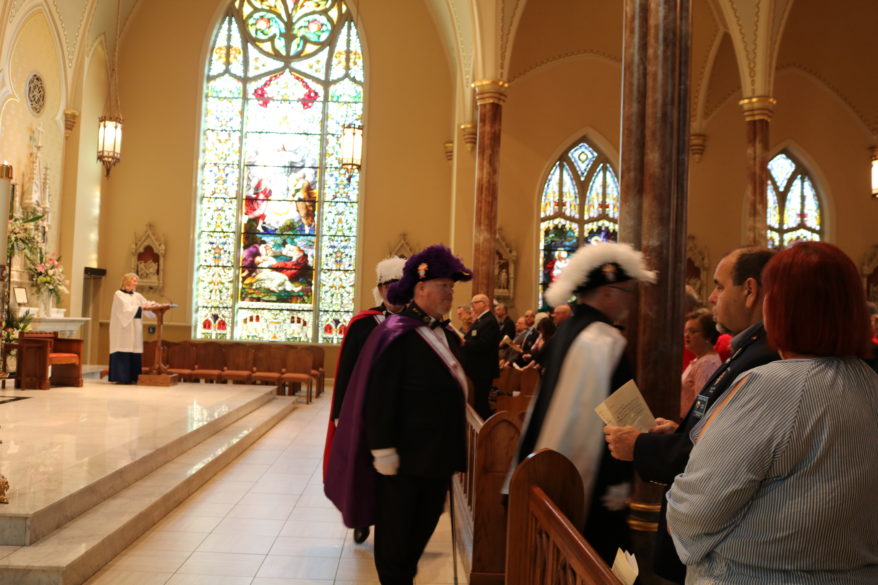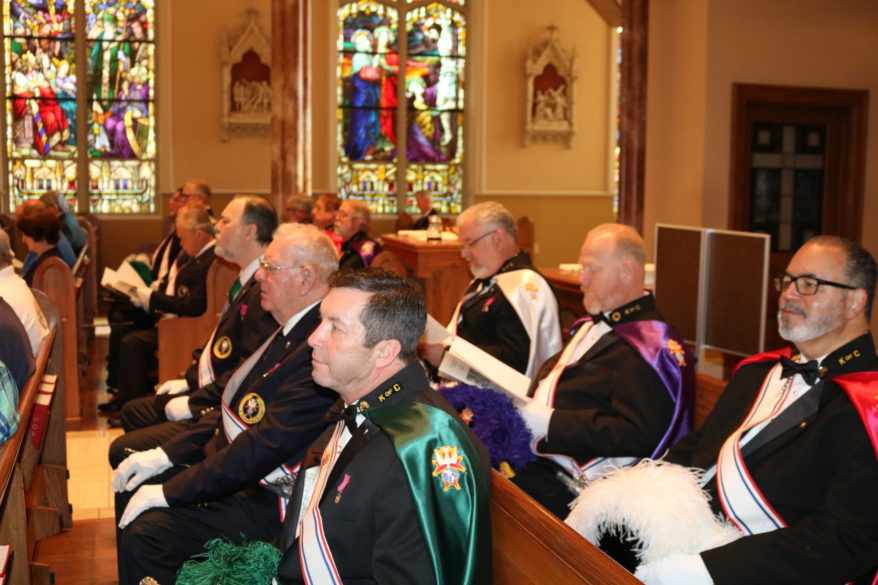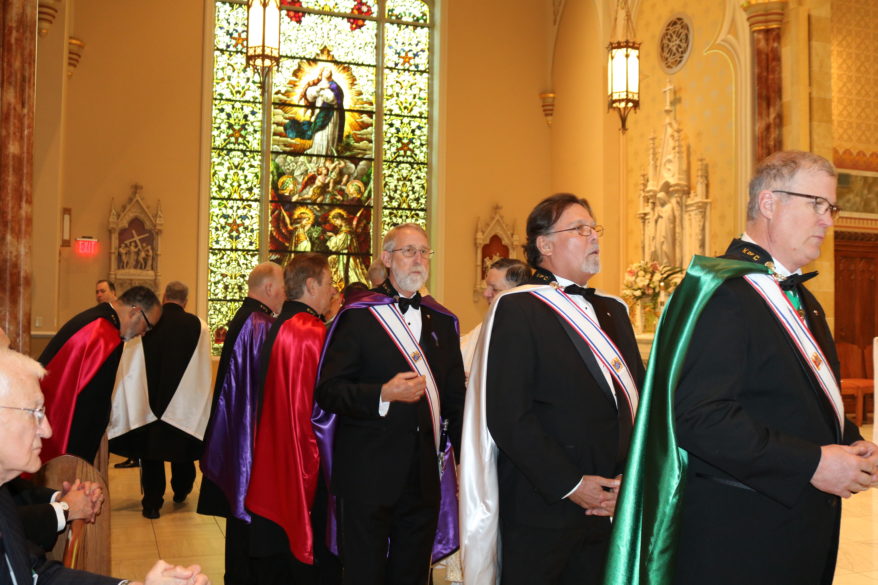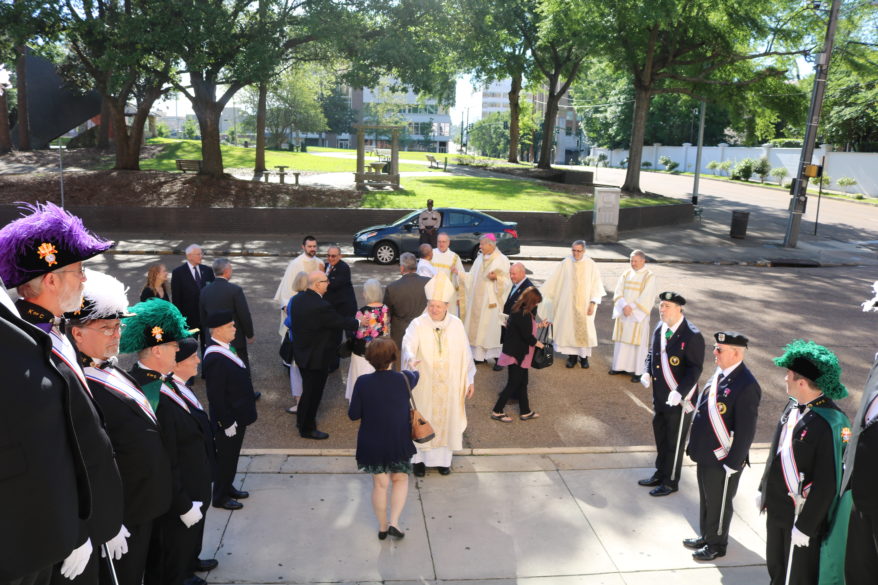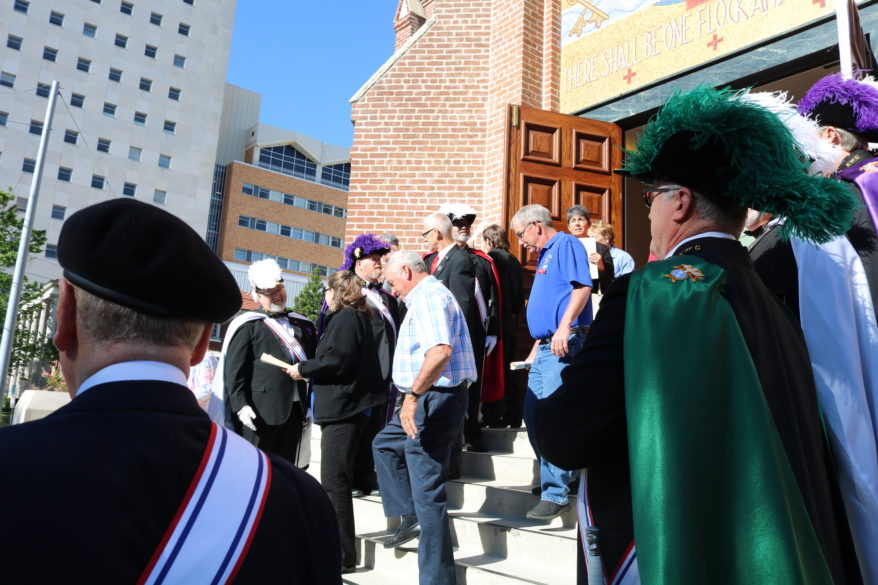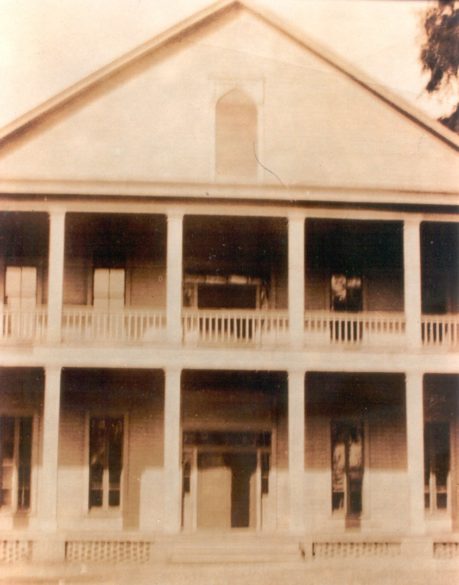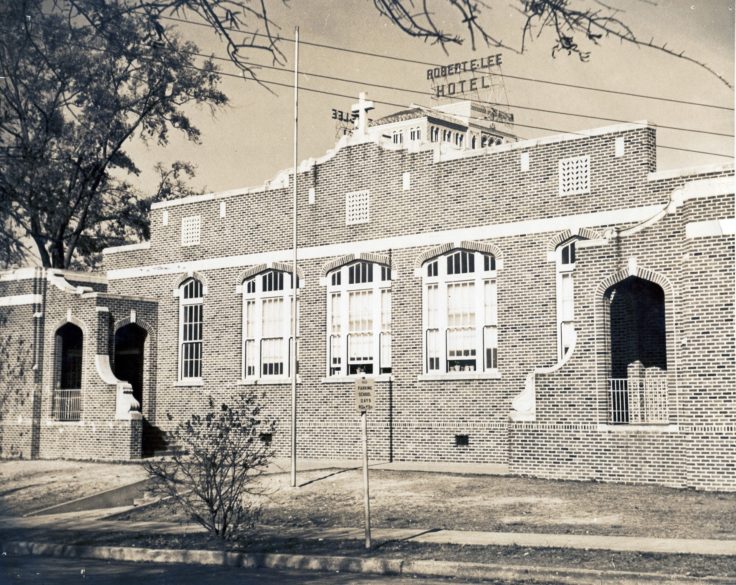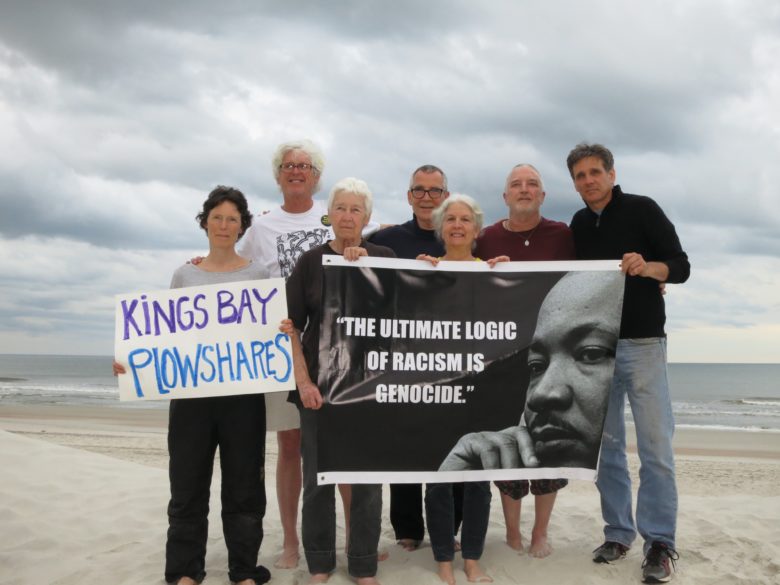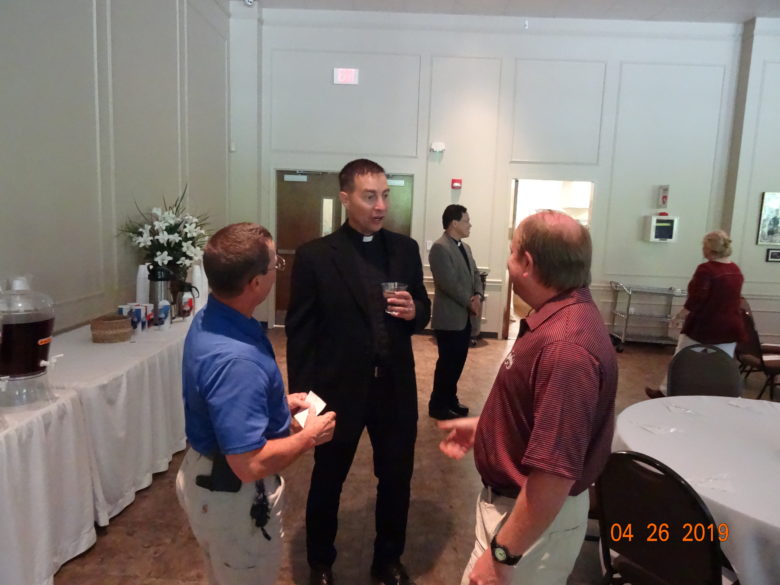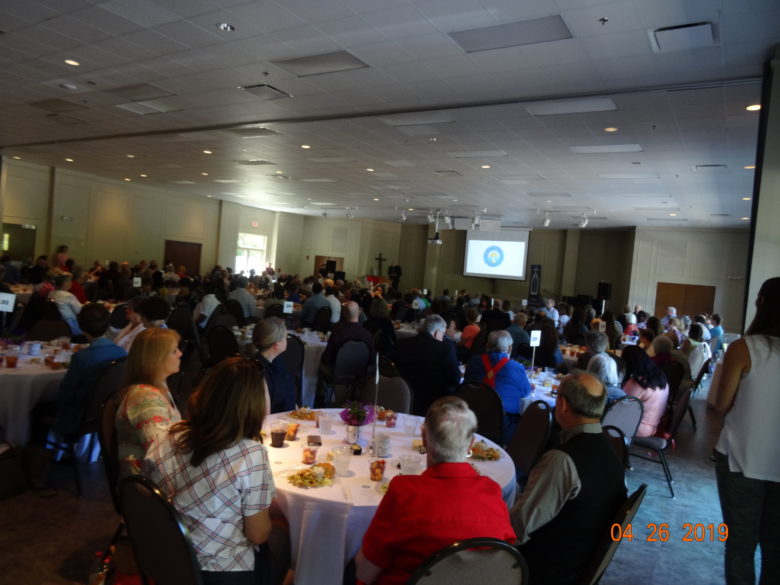By Maureen Smith
JACKSON – Mercy Sisters Patricia Parker and Robyn Huser were honored by the University of Mississippi Medical Center School of Nursing on Friday, May 10, as part of National Nurses Week. The pair hatched an idea almost 20 years ago to outfit a bus as a mobile clinic and take it into the Delta to serve children with no access to healthcare.
They raised the money and the Mercy Delta Express started to roll from school to school. The Sisters partnered with the University of Mississippi Medical Center’s School of Nursing to staff the bus and give students experience working with those in need and the program took off from there.
The Sisters said they got the idea from two very different sources. “It all started with a homeless boy in Jackson telling us ‘y’all need to do something in the Delta, and I’m going to give you some money!’ We told him we would not take any money from our clients,” laughed Sister Robyn.
The more specific form the help should take came from a federal report on poverty in the region. “Sister Robyn and I, years ago, read the Delta Commission Report and we felt like we needed to do something in the Delta – we were working in Jackson at the time,” Sister Patricia explained. “We were able to raise funds and provide the Mercy Delta Express. Doctor Peggy Hewlett, who was the associate dean, said ‘let me help you,’ and that’s how we got started with the school of nursing. They took over and have been so supportive. We have had a number of our Mercys from Vicksburg who were volunteers for a number of years,” she added.
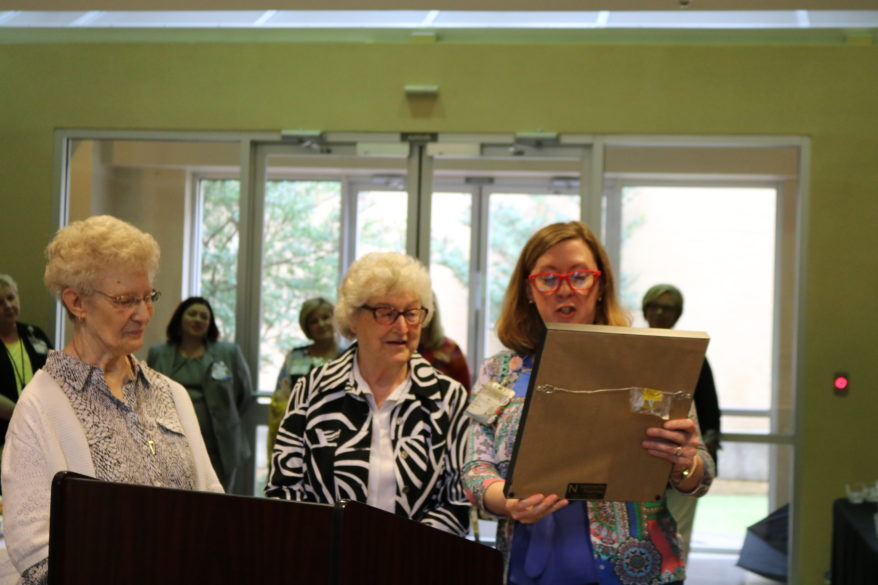
“I remember talking with one of the Mercy Delta Express Sisters a couple of years ago when I went on a bus tour with Marian Wright Edelman into the Mississippi Delta to explore poverty and child hunger. I was blown away with her knowledge and absolute feel for the community she served. She loved that community and I believe the feeling was so, so mutual,” said Ruth Cummins, who works in the communications office for the University of Mississippi Medical Center.
Today the School of Nursing staffs in-school clinics and the bus only goes to health fairs. The program is now the “Coordinated Healthcare through an authentic model of partnership” or CHAMP program. It started in Sharkey and Issaquena Counties with the bus. Current partners include the South Delta School District, Ripley Blackwell Head Start, Diabetes Foundation of Mississippi, Smiles Across America, Hope and Comfort, Kotex Corporation, Sharkey/Issaquena Health Network, and numerous churches, according to school of nursing public relations representative Kate Royals. In an email to Mississippi Catholic she added “The overall goal of this work is to improve health outcomes for Mississippians in urban Jackson and the Mississippi Delta, while educating the next generation of interprofessional health care providers, including nurses and advanced practice nurses in partnership with physicians, dentists, social workers, occupational therapists and pharmacists.”
In addition to healthcare, the project also offers wellness education and operates in Ripley Blackwell Head Start, South Delta Elementary, and South Delta Middle School and offers the Delta Teen Wellness Project at South Delta High School.
The School of Nursing presented Sisters Patricia and Robyn with a plaque and school representatives spoke about their inspirational leadership in getting the project started. The staff provided a spread of food and sweets for a reception following the ceremony.
“We are very humbled and we feel that the University School of Nursing did not give themselves the credit because we could never have done this on our own. We are just so grateful for all of them,” said Sister Patricia.
Sister Robyn added that they continue to be amazed at the impact one simple idea continues to have “It’s kind of an awesome thing. Both Patricia and I feel like when you start something you just do it and you don’t think anything about it and when something like this (honor) happens you think- ‘we did it!’”

